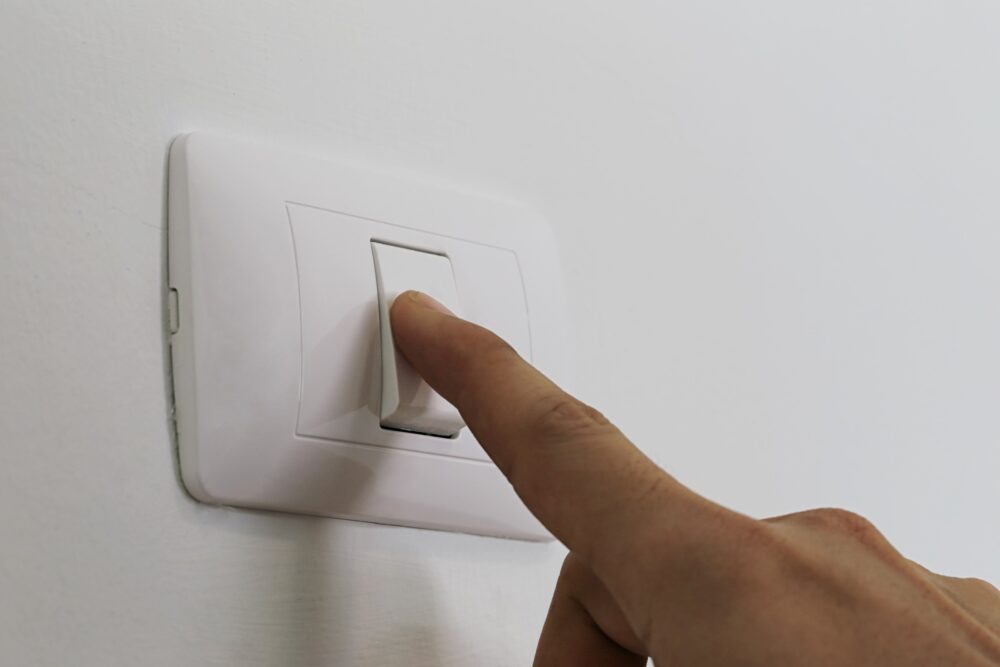
As energy prices continue to rise and environmental concerns become more urgent, finding ways to reduce household energy consumption is not just a matter of saving money—it’s also about sustainability. Many appliances and devices in your home consume power even when they’re not in use, a phenomenon known as “vampire power.” By identifying and unplugging these energy leeches, you can see a significant reduction in your monthly utility bill. Here’s a list of 12 common culprits that, when unplugged, can lead to substantial savings.
1. Chargers (Phone, Laptop, Tablet)
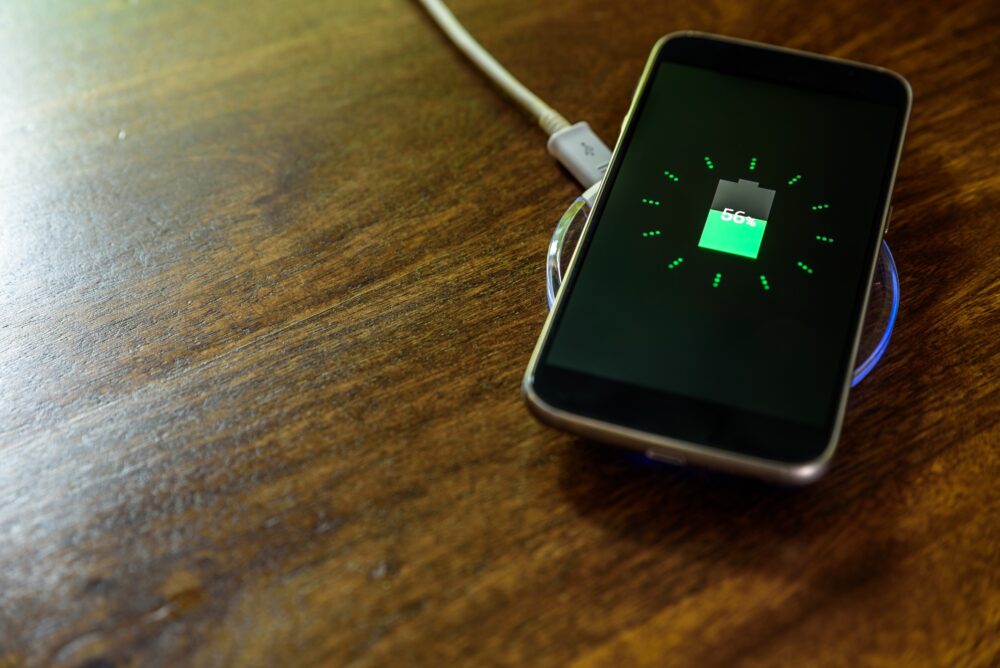
Chargers for phones, laptops, and tablets continue to draw power even when they’re not actively charging a device. This constant drain may seem minor, but it adds up over time. By unplugging chargers when they’re not in use, you can reduce unnecessary power consumption and extend the life of your charger.
2. Television
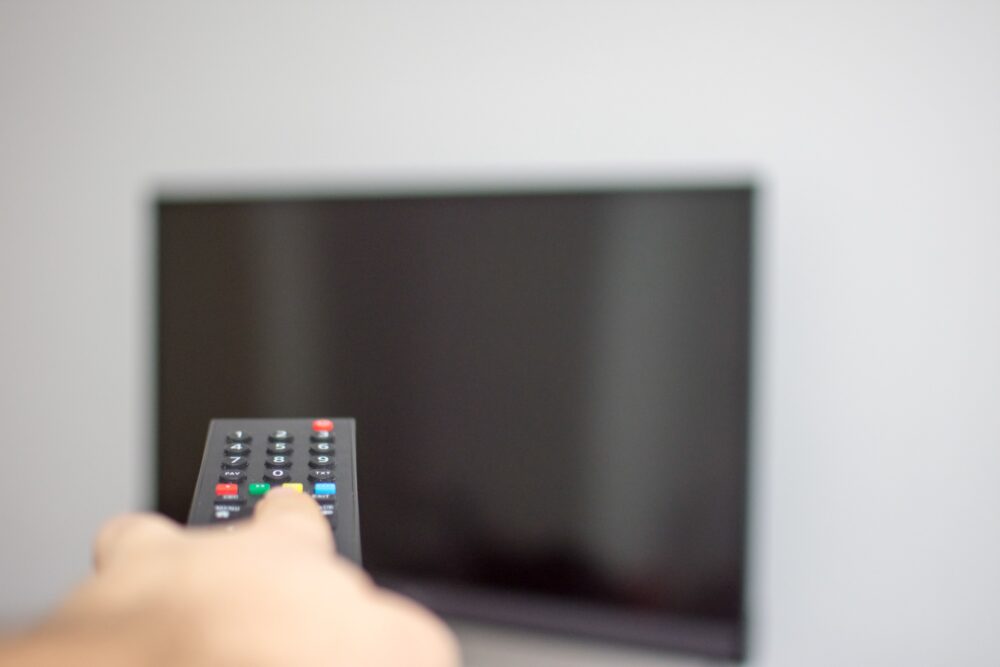
Modern televisions, especially smart TVs, consume a considerable amount of electricity even when turned off. They remain in standby mode to receive signals from the remote control and to update software. Unplugging your TV when it’s not in use can cut down on this passive power use and contribute to energy savings.
3. Computer Equipment

Desktop computers, monitors, and associated peripherals like printers and scanners can draw power even when they’re switched off. The simplest way to eliminate this wastage is by unplugging these devices at the end of the day or using a smart power strip to manage their energy consumption efficiently.
4. Kitchen Appliances
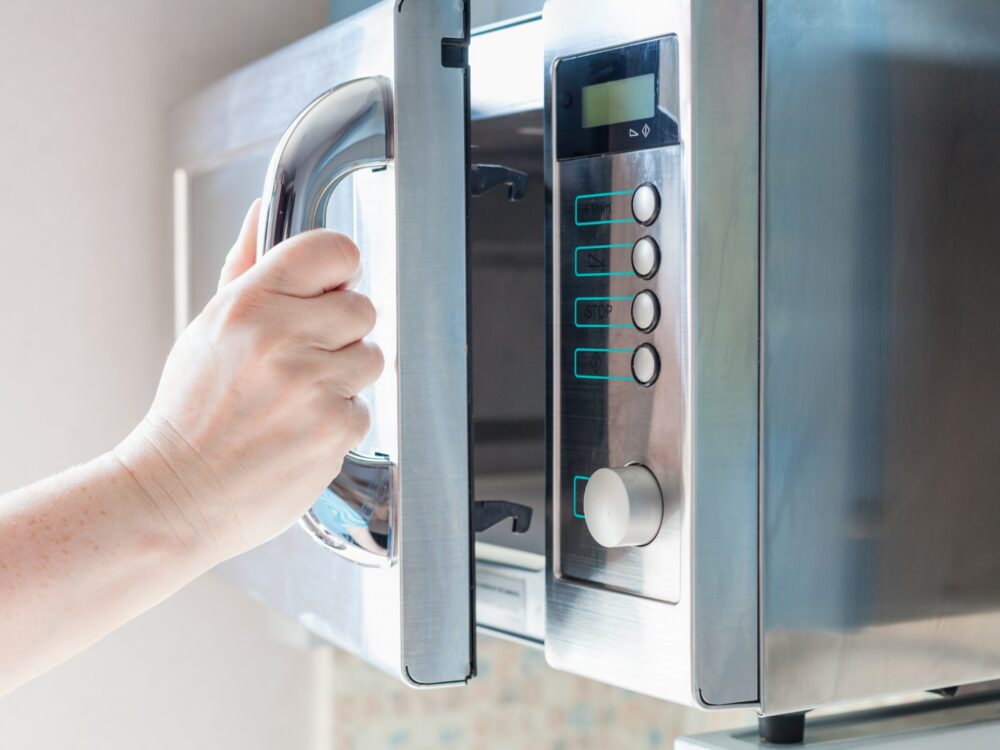
Small kitchen appliances like microwaves, coffee makers, and toasters don’t need to be plugged in all the time. These devices often have clocks or standby features that use energy. Unplug them after use, or consider using a power strip to turn off multiple appliances at once.
5. Entertainment Systems
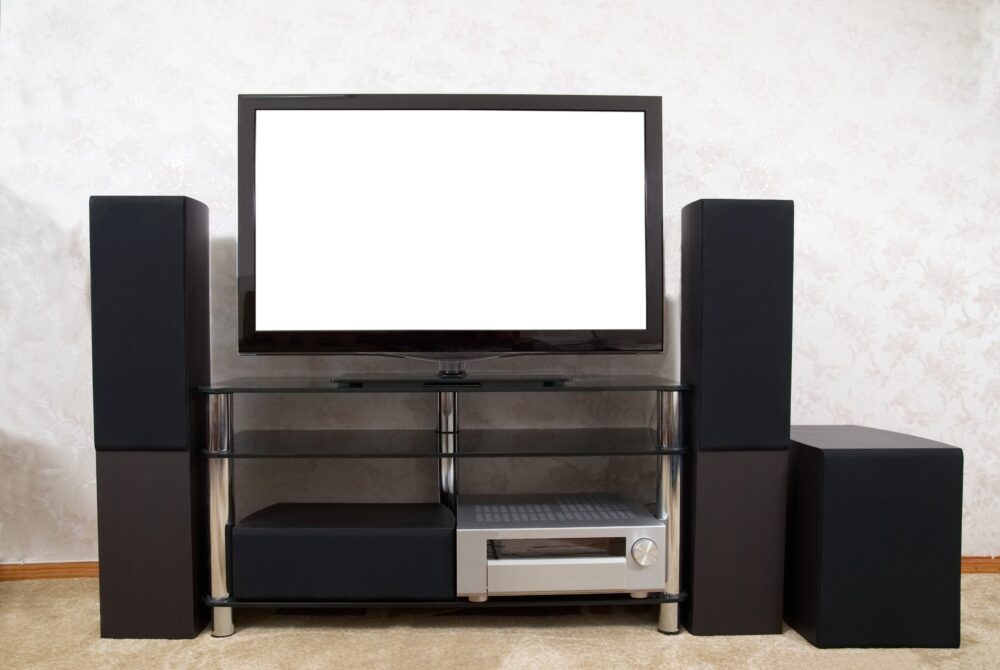
Home entertainment systems, including DVD players, game consoles, and stereo systems, are significant power users even when not in active use. Unplugging these when they’re not in use can reduce your power bill and also minimize the risk of electrical fires.
6. Cable Boxes
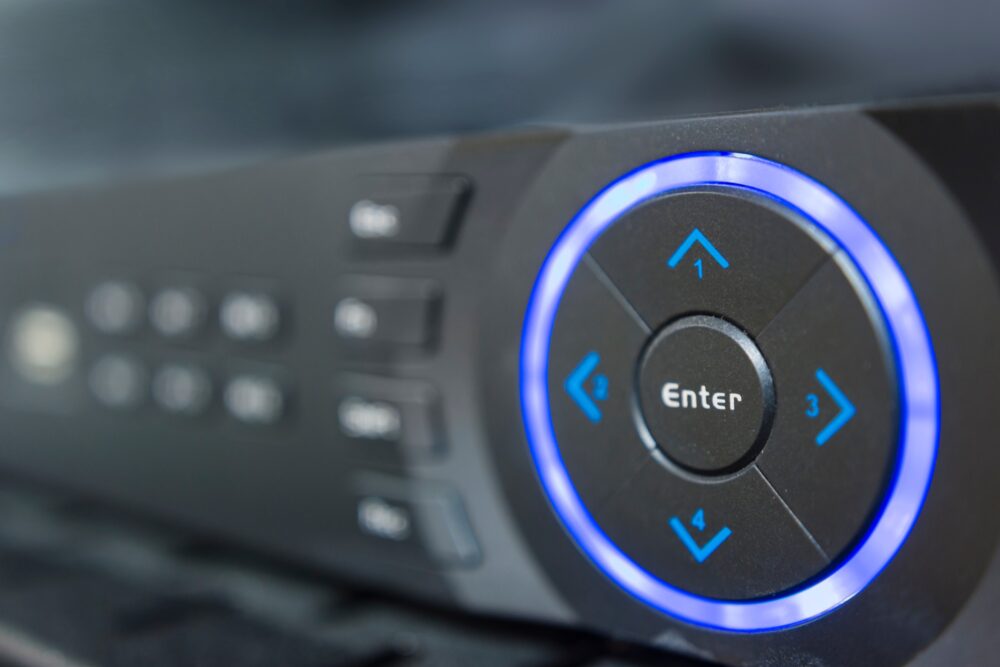
Cable boxes, particularly those with DVR functionality, are among the highest energy consumers in the home electronics category. They run continuously to maintain program guides and record shows. Unplugging them when you’re away for an extended period can lead to noticeable savings.
7. Decorative Lighting

Decorative items, such as string lights or electric candles, often remain plugged in for extended periods for convenience or aesthetic reasons. However, they can consume a lot of energy. Using them only when necessary or opting for solar-powered or battery-operated alternatives can help decrease energy use.
8. Space Heaters

Space heaters are incredibly energy-intensive. While it’s not advisable to leave them running unattended for safety reasons, ensuring they are unplugged when not in use will also save energy. This also applies to portable air conditioners.
9. Washing Machines and Dryers
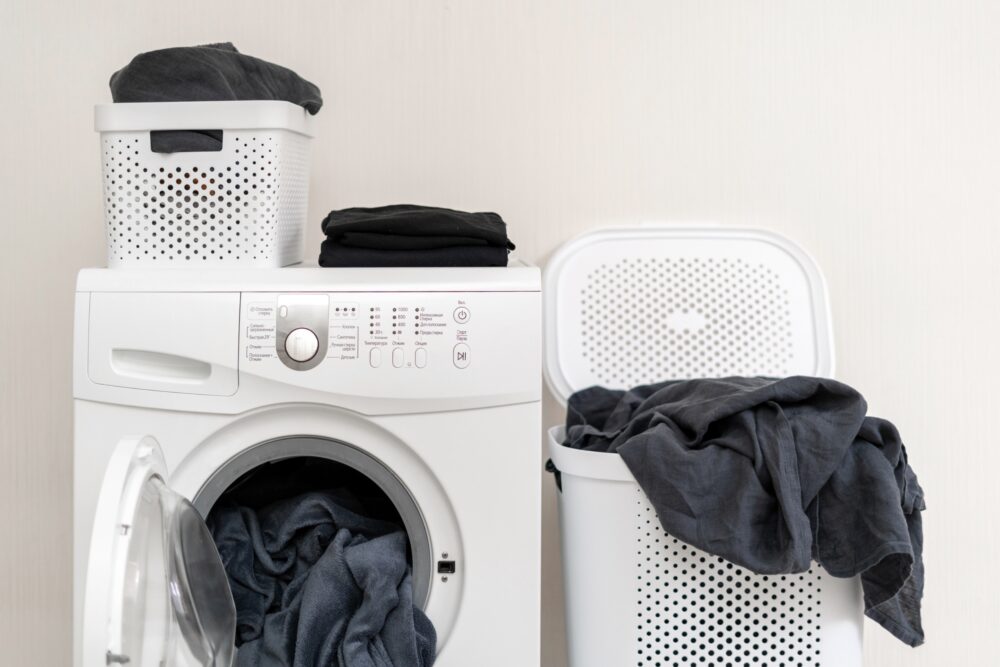
Even when not in use, older models of washers and dryers can consume “phantom” energy. It’s a good habit to unplug these appliances when you’re done doing laundry, particularly if they are not used frequently.
10. Garage Tools
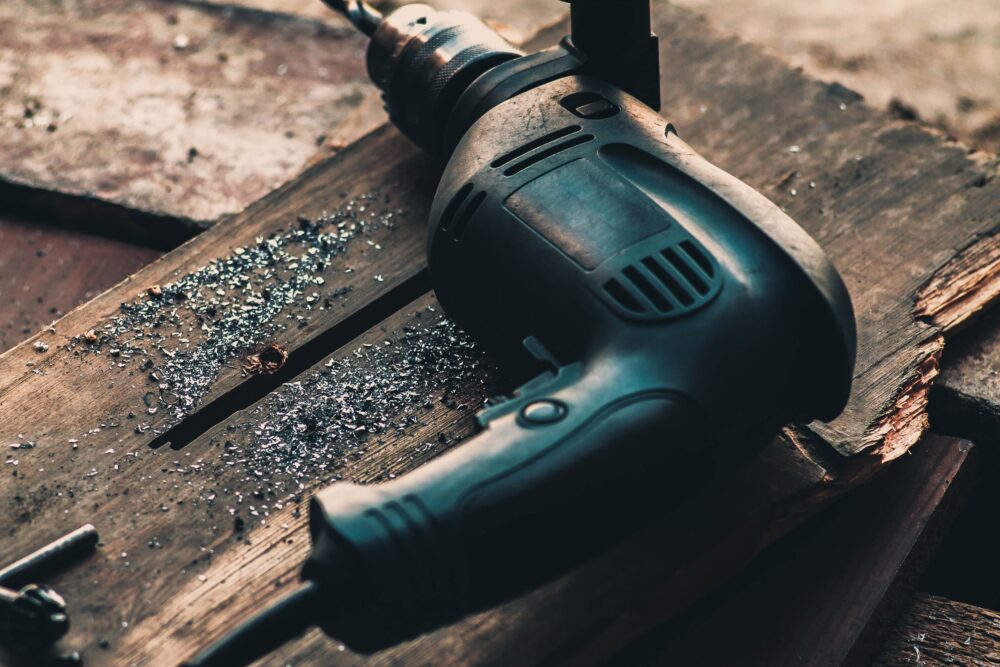
Power tools and other equipment stored in garages or sheds, such as drills, saws, and lawn equipment, should be unplugged when not in use. These tools can draw power continuously if left connected to an outlet.
11. Bathroom Appliances
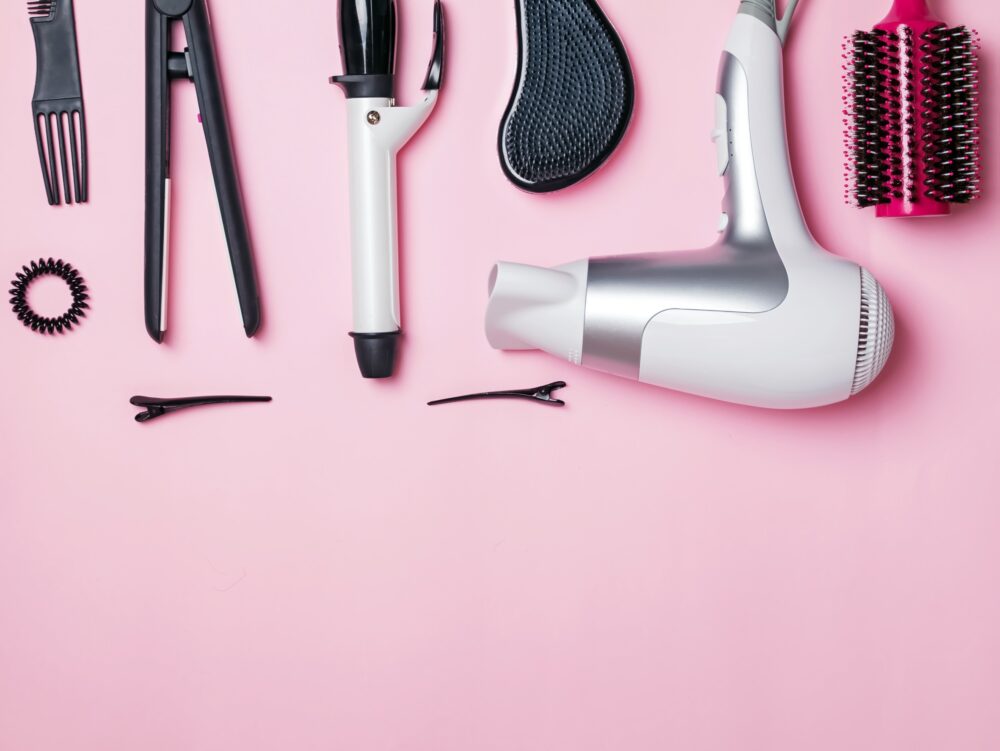
Common bathroom devices like hairdryers, straighteners, and electric shavers continue to use power even when off. Unplugging these items after each use can contribute to safer and more energy-efficient households.
12. Night Lights

Night lights are typically left on for prolonged periods, especially in households with children. Switching to motion-detector models or unplugging them during daylight hours can save energy and reduce your utility bill.
Taking Control
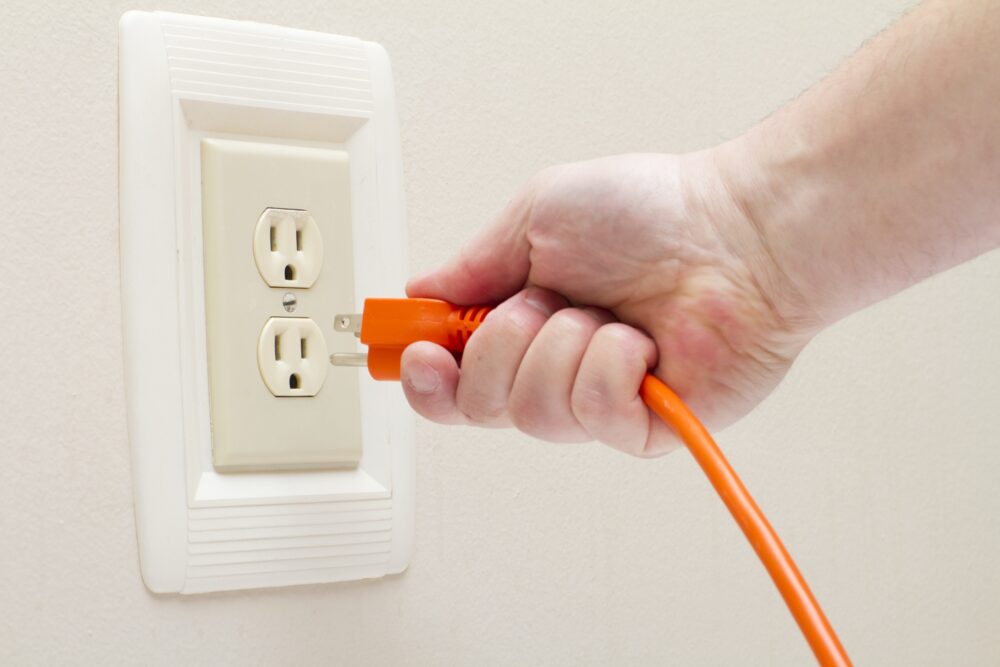
By taking control of what’s plugged in at home, you can actively decrease your monthly utility expenses. The savings from unplugging these 12 types of devices can add up to a significant amount annually, benefiting your wallet and the environment. It’s a simple but effective step toward more sustainable living.
Read More:
- 10 Things You Should Never Do in a New City
- 12 Genius Hacks for Saving Money You Wish You Knew Sooner
- Save Money By Using Less: 10 Products You Use Too Much Of

Drew Blankenship is a seasoned automotive professional with over 20 years of hands-on experience as a Porsche technician. While Drew mostly writes about automotives, he also channels his knowledge into writing about money, technology and relationships. Based in North Carolina, Drew still fuels his passion for motorsport by following Formula 1 and spending weekends under the hood when he can. He lives with his wife and two children, who occasionally remind him to take a break from rebuilding engines.
Comments